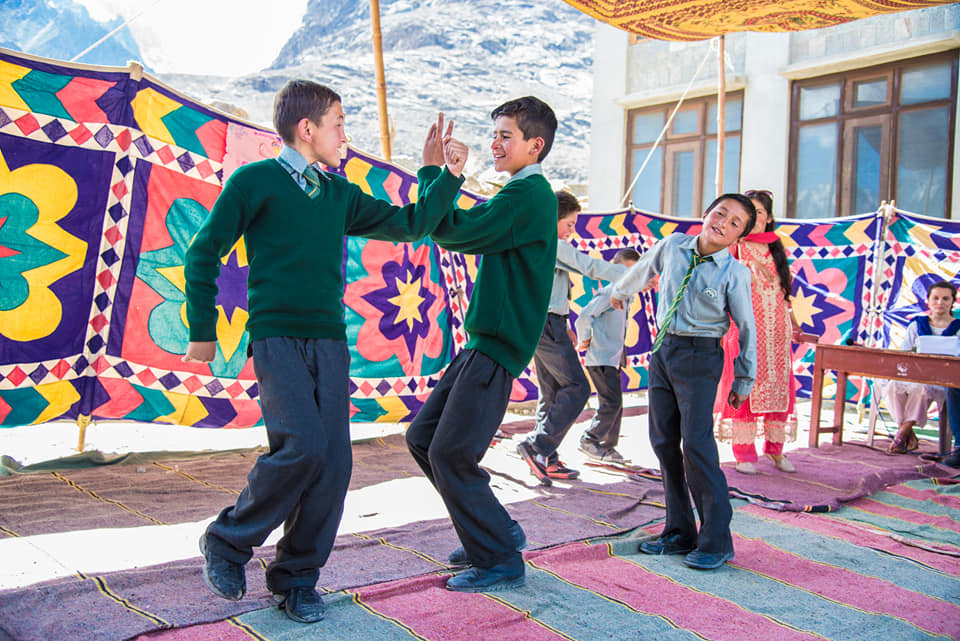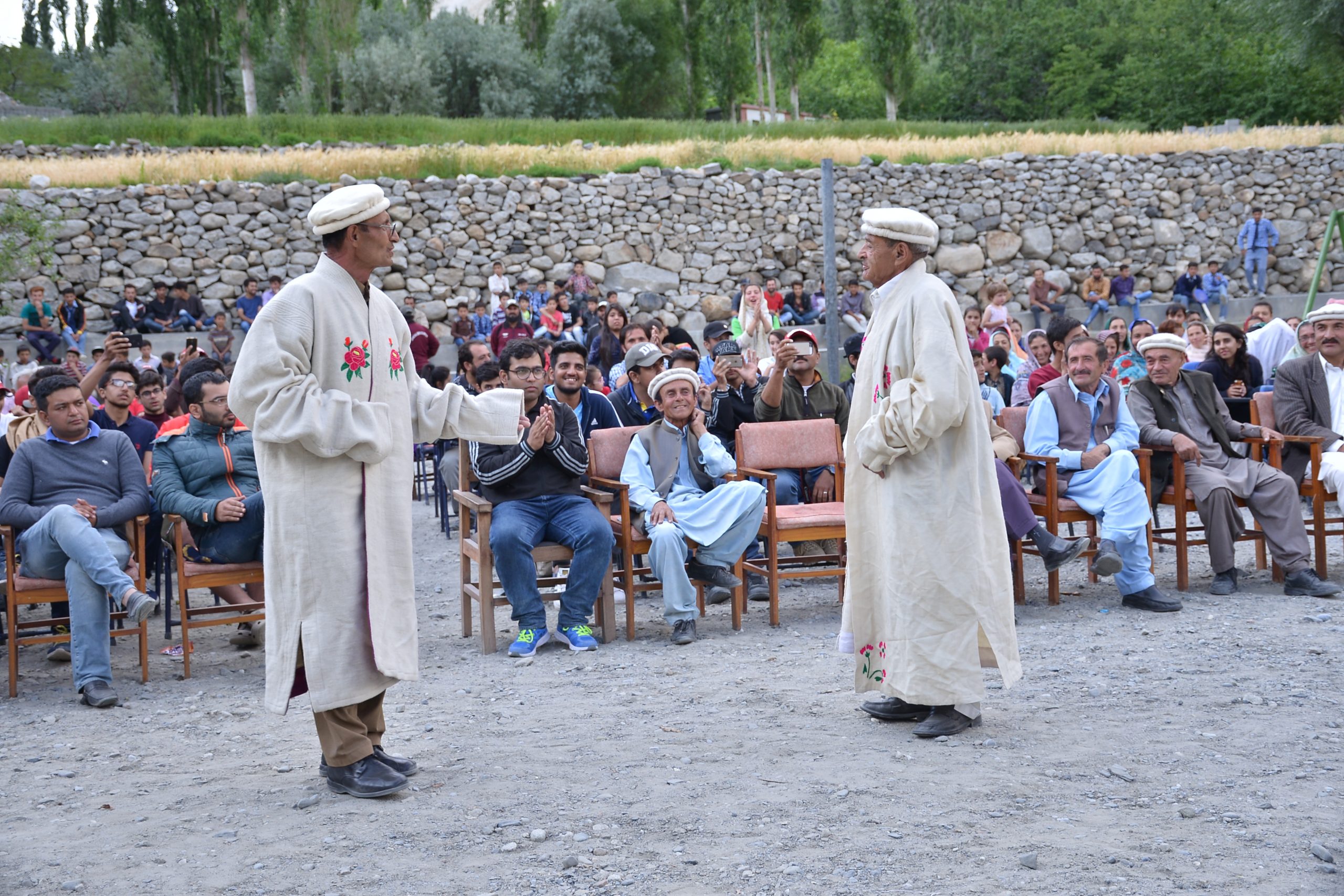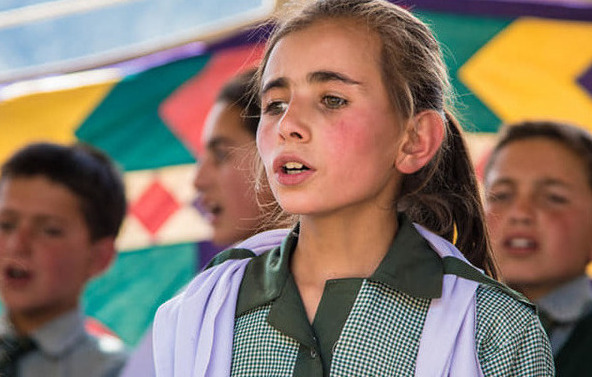Our Focus
Dignosco’s ELP (Experiential Learning Program) gives its students different learning experiences to broaden their horizons. Our students have pursued their interests, unlocking the world, understanding its people and finding themselves along the way.
Our focus is on the different learning experiences we give to our students from the Himalayas, to the azure blue waters of the Arabian Sea, trekking across Gilgit Baltistan and diving under the sea to experience diverse marine life. We travel with you countless miles across oceans, off beaten paths and into ancient cultures to give you an experience of a lifetime and something that makes you learn and rediscover yourself. Our trips are designed to engage with local communities and to learn from the immense learning opportunities that nature presents to us.
Our ELP team consists of field and research experts who are adventure enthusiasts and collaborate with local and foreign institutions to ensure that you are well looked after. You come alone, but leave with incredible friends and the knowledge that life’s possibilities are limitless.
Ecotourism
Ecotourism aims to minimize tourism’s negative impacts on the environment and maximize the positive contributions tourism can make to local communities. If left unchecked, large-scale tourism development can damage ecosystems, pollute environments and exploit local communities. The ELP team contributes to ecotourism and the development of the northern areas of Pakistan in the form of cleaning, plantation, supporting the protection of natural areas and wildlife conservation, generating economic benefits for host communities, organizations and authorities managing natural areas with conservation purposes.
CONSERVATION
Pakistan contains a diverse topography of geographical features and is home to incredibly diverse flora and fauna. Over the last century, lack of understanding and awareness has led to human practices that have exploited the country’s natural resources without replenishing them. A growing population and increasing infrastructure needs have also led to the decimation of animal habitats and forests, and resulted in loss and endangerment of animal and plant species only found in Pakistan.
Our ELP team undergo various activities that include an in-depth study of endangered species and what steps have been taken by various organizations to conserve the extinct wildlife in Pakistan. As a part of our experiential learning program, our field experts, in collaboration with development sectors in Pakistan, create awareness about the role of extinct species in the fragile mountain, forest and marine ecosystem, human-wildlife conflict and the need for wildlife conservation efforts among students & young professionals based in urban centers like Lahore, Karachi and Islamabad. This collaboration aims to inculcate love for nature and the outdoors among the youth and raise funds.
Gallery
Testimonials

Leaving behind the societal norms and values and stepping into a new culture, a completely new environment where the locals had different priorities, gave me a new perspective to life. Hunza not only had aesthetic views but had a community which was closely knit and very hospitable. I was very astonished to see that various schools stressed upon female education, leaving behind the gender inequality suffered in Pakistan. Hunza was an escape for me from the chaotic city life, thus I would like to visit it again and again.
Suhana Baig – Karachi
“

Going to Skardu and trekking was one of the most challenging ordeals of my life but it was one of the most memorable just the same. I learned more about my culture and my country as I trekked past unimaginable sights. I saw thousands of stars under cloudless sky and realized just how much we can do when we push ourselves. It was a brilliant experience and I would do it again (this time, better prepared).
Moneek Bhatti – Islamabad
“

We had just climbed down a cluster of steep hills to reach the quaint village of Shigar. “This is the street where your father lived”, pointed out Ali – a local porter who I befriended on the Thalay La trek. Stopping, I got a good view for the first time of the stunning valley my dad has once called home. I had never imagined it to be so beautiful. As I strolled down the streets of Shigar, I strangely felt at home in a place I had never seen before.
Bilal Sikander – Lahore
“

From trekking and shivering in my iced filled boots in 16000 ft to soaking the sun by a roaring river to gazing at the abundance of stars in the night sky, there are so many ways in which this trip has made its mark on me. The mountains taught me about their deceptive nature (in terms of distance). As soon as I reached the top, hoping to conquer the hill, another path appeared, waiting to be trodden on. I found it extremely reflective of life, one can never reach the top or come to that level of having everything; there will always be a higher station. A seemingly strenuous journey became fulfilling.
Emaan Gardezi – Karachi
“

When I was in school, I daydreamed about getting out of the safe and quiet village of Shishkat, Gojal – where I grew up. I always thought the universe had a bigger better plan for me and life in a city was my heart’s desire. I live in a city now and can’t help but going back to Hunza every chance I get. I am always surprised to find how meaningful i is for me to be physically close to the place I grew up. It’s astounding how the terrain is as beautiful as I first saw it. Sitting under a starry sky with my people will always be my favorite moment through it all.
Khalida Amir – Lahore
“

This experiential learning program wasn’t like any other traveling experience: 10 days, countless adventures, no sleep. I wanted to be able to go somewhere where I could plug into a unique community, and through this I was able to do so. The Ismaili Hunza Community was extremely tolerant and welcoming. Their music, dance, attire, language and culture were not only unique but also inclusive. a challenging journey providing me with awareness and experiences of a lifetime, as well as allowing me to make countless friends and memories.
Eman Nazir – Lahore
“

I have never been one to step out of my comfort zone. Coming from suburban Long Island, I’d much rather sit in my room, and watch cat videos on YouTube. So when Dignosco offered me the opportunity to go on a 10 day experiential learning summer program, I was hesitant to say the least. I was unsure about trekking to Rakaposhi base camps and rock-climbing over 12000 feet, at the start, but I came back confident in my ability in Adventure Sports. I came back a certified white water rafter, trekker and rock climber, with 40 new friends and memories to last me a lifetime.
Huzaifa bin Aslam – Lahore
“

Over the past year I have been lucky enough to go on five different ELP trips organised by Dignosco. From the calming water of the Indus to Thallay peak at 5000metres, I have seen places and met people I will always remember. Moreover, these ELP trips have also helped me grow as a person. Initially, I was a rather reserved individual who did not know even the basics of camping; however, one year and five trips later I pitch a tent with ease and have surmounted challenges I thought insurmountable. Under the tutelage of the entire ELP team, I am now an avid trekker and hope to conquer Mount Kilimanjaro before 2020.























